- Home
- international
- news
- DEI trailblazers: 16 diversity executives transforming the workplace in post-George Floyd corporate America
DEI trailblazers: 16 diversity executives transforming the workplace in post-George Floyd corporate America
Marguerite Ward

The echoes of Black Live Matter protesters may have died down since the summer of 2020, but America's CEOs know the pressure to advance racial equity still hovers over them since the murder of George Floyd.
Chief diversity officers were hired at record rates to shoulder the brunt of demands placed on companies shortly after Floyd's death. Indeed found that listings for diversity roles jumped 56% between September 2019 and September 2020. LinkedIn data confirmed that the summer of 2020 saw a spike in the hiring of these roles. The year 2021 was the first test to see whether companies would make real progress.
These chief diversity officers - often people of color - have enacted incredible change since then. And the work they do is complicated and exhausting. They are the shepherds of what could be a new era in corporate America.
Insider is proud to present its second annual list of diversity officers changing the country. Collectively, these executives are helping break barriers for hundreds of thousands of workers while also challenging their CEOs to make their policies and business practices more inclusive.
Rosanna Durruthy, head of DEI at Linkedin
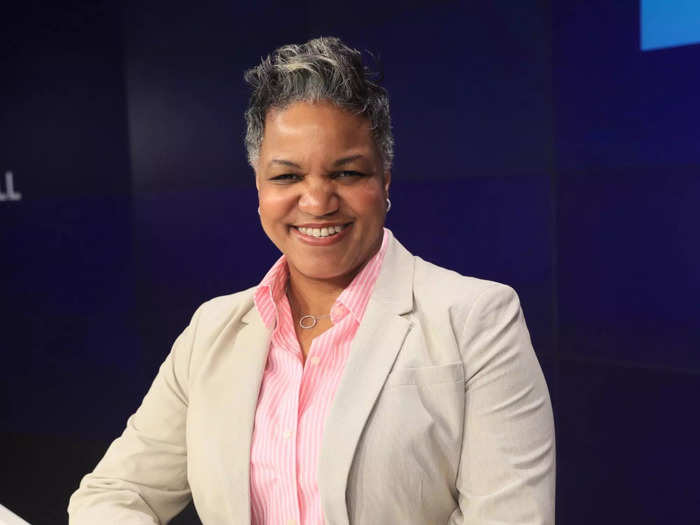
Key accomplishments: A result of Durruthy's diligence, LinkedIn announced in July that it would pay the global cochairs of its employee resource groups $10,000 per year for their work, in addition to their salary.
"Historically, ERG leaders take on leadership roles and the associated work in addition to their day jobs, putting in extra time, energy, and insight. And despite the tremendous value, visibility and impact to the organization, this work is rarely rewarded financially," Durruthy said. "The work of ERGs is more important than ever."
This past year, LinkedIn also created the option for users to share their preferred pronouns, a big move to make the jobs platform more inclusive, especially for transgender and nonbinary professionals.
LinkedIn aims to double the number of Black and Hispanic leaders and managers on its US team over the next five years. Durruthy is also focused on increasing leadership training that focuses on inclusion and diversity.
In their own words: "As a leader and an LGBTQ woman of color, it's been really important for me to be in conversation with my peers and to allow them to know that I see them as being responsible for helping create the change we're all endeavoring toward."
Brian Lamb, global head of diversity and inclusion at JPMorgan
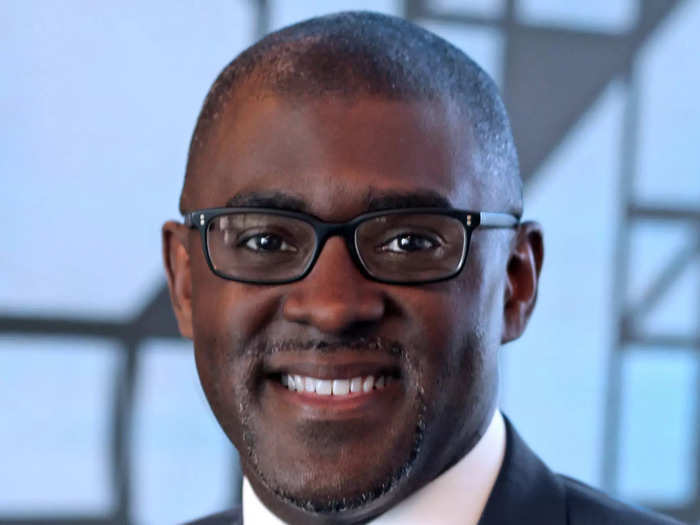
Key accomplishments: This year, Lamb, Jamie Dimon, and a group of other executives deployed funds from the firm's record-making 2020 $30 billion pledge to address racial injustice. The investment aims to boost the number of Black and Hispanic homeowners, create more affordable housing, and support small businesses through loans.
In September, JPMorgan committed an additional $100 million to Black and Hispanic-led minority depository institutions and community-development financial institutions. A month later, JPMorgan announced to Insider it was pressuring the businesses it works with to increase spending with Black- and Hispanic-led companies. Business professors and economists predicted the bank's efforts would have a ripple effect in the economy, boosting capital spent on minority-owned businesses.
In their own words: "Patience isn't a virtue for me. I'm inspired to live with purpose and positively impact the lives of others — to be bold in our thinking and hold myself and others accountable to both their personal and professional responsibility to drive sustainable change."
Melonie Parker, chief diversity officer at Google
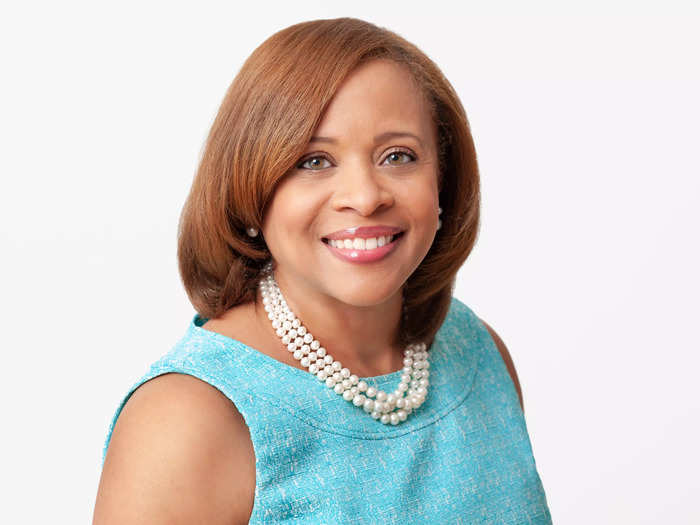
Key accomplishments: With efforts overseen by Parker, Google added diversity, equity, and inclusion materials to orientation for all new hires along with training for managers on how to promote inclusion of employees who are neurodiverse, or people with different ways of brain processing, such as people with ADHD or autism. Google also made significant strides in hiring diverse candidates. It increased Black representation in its US workforce by nearly 20%, from 3.7% to 4.4% and increased Hispanic hiring by a third, from 6.6% to 8.8%, according to the company.
Parker also interviewed former first lady Michelle Obama at Google's first Women of Color Summit aimed at promoting mentorship, sponsorship, and career development for women of color at the company.
In their own words: "I believe we need to further expand the horizon of what we do to support employees of color. To me, that means clearer pathways to leadership, mentorship opportunities, more safe spaces both on campus and virtually, and also more DEI exercise for white employees, because it is truly everybody's responsibility to create a welcoming and gainful environment for underrepresented employees."
Lesley Slaton Brown, chief diversity officer at HP
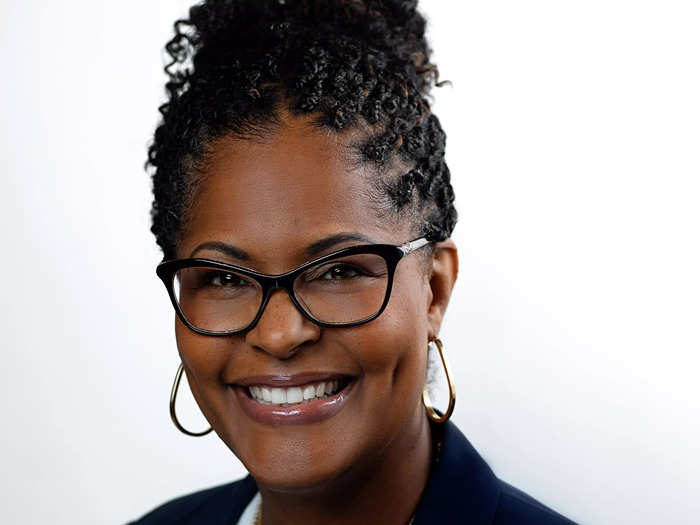
Key accomplishments: Over the past year, Lesley Slaton Brown helped the tech giant increase the number of Black executives at the vice president level and up by 50% and the number of female executives by 32%.
Additionally, over 60% of new US hires were from underrepresented groups, including women, people with disabilities, people from underrepresented races and ethnicities, and military veterans.
In their own words: "My mantra, is 'Everyone in!' Everybody, especially leaders, must understand the business value of DEI. It's integral to drive meaningful change in the short term and long term."
Tim Dismond, chief responsibility officer at the commercial real-estate firm CBRE
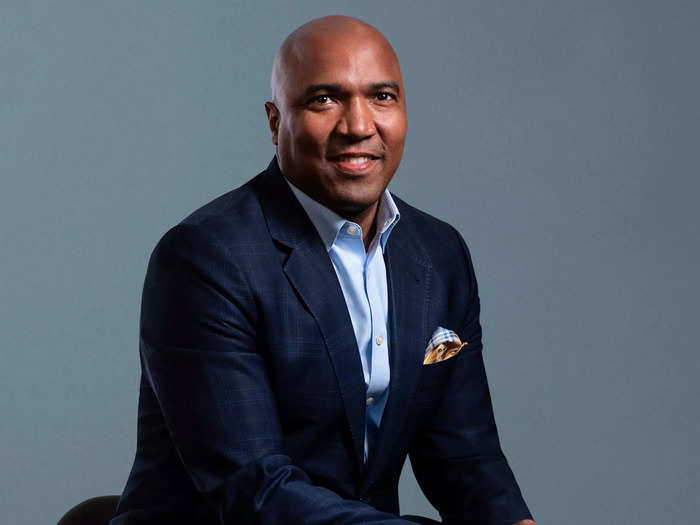
Key accomplishments: As a result of Dismond's efforts, over 50% of the company's promotions and nearly half of new hires in the past year were women, people of color, LGBTQ people, or people with disabilities.
He also led an effort to increase spending with suppliers owned by people of color, women, or other historically marginalized group. Across 2020 and 2021, the company is projected to spend more than $1 billion with diverse suppliers.
In their own words: "As a Black man, I'm not immune to the undertones of bias in professional settings, and while my experience is not unique, by sharing and showing vulnerability I can effect change and help others feel safe to share their experiences and perspectives."
Dalana Brand, VP of people experience and head of inclusion and diversity at Twitter
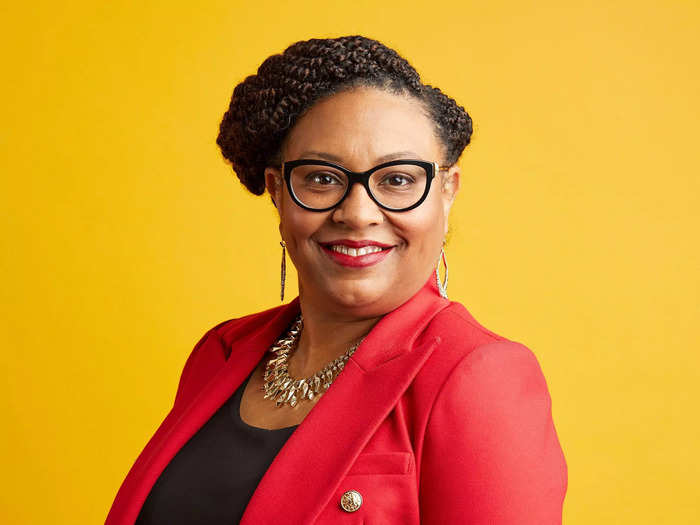
Key accomplishments: Brand has pushed Twitter to further diversify its leadership over the past year. Representation of women in leadership roles increased from 35.4% to 37.7% and Black representation in leadership positions increased from 5.6% to 7.3%.
Brand was also influential in Twitter announcing that employees have the option to work from home indefinitely. The move has helped attract and retain talent for whom working from home is best, such as working parents or people with disabilities.
In their own words: "It's not enough for us to simply have diverse teams. We cannot check the box and keep on with our own careers because what we know is that diverse folks will remain excluded from opportunity unless we are intentional about inclusion."
Sonia Cargan, American Express' chief colleague inclusion and diversity officer
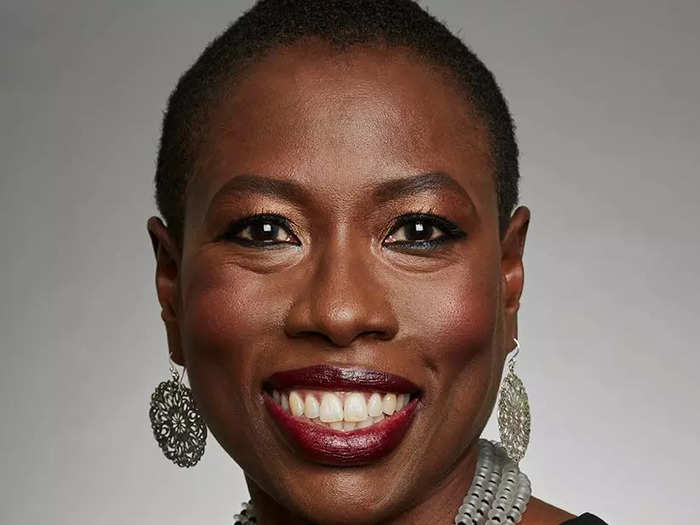
Key accomplishments: This year, Cargan made pay equity a top priority. AmEx investigated salaries across gender, race, and ethnicity and made changes to correct any discrepancies, achieving 100% pay equity for colleagues across gender globally and across race and ethnicity in the US. Cargan said the company is working to achieve pay equity across race and ethnicity globally.
Cargan was also instrumental in AmEx creating a new office of enterprise inclusion, diversity, and business engagement that works directly with the company's executive committee to weave DEI practices into business strategies.
In their own words: "We understood that to drive real change, we needed to further intensify our focus and make inclusion and diversity the heart of not only our workplace but how we do business."
Tara Ataya, chief people and diversity officer at Hootsuite
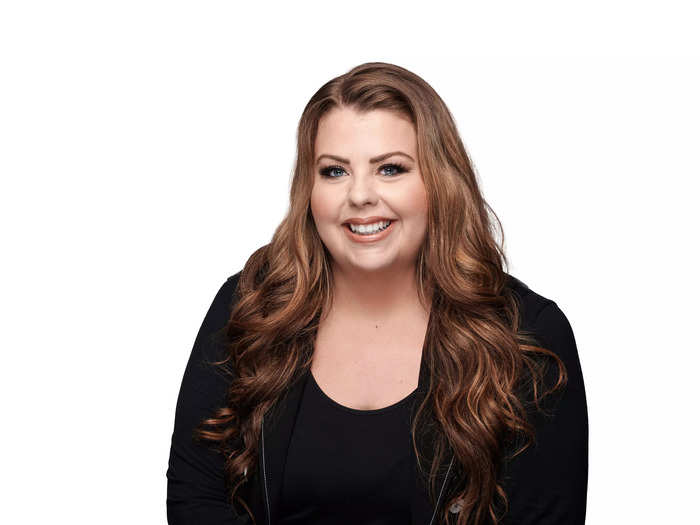
Key accomplishments: After a powerful conversation with other Hootsuite leaders last year about how to better support employees, Ataya guided the company's redesign of its benefits package to make it more inclusive. The company now covers gender-affirmation surgeries, fertility treatment, and financial-counseling services under its health and employee-assistance plans, benefits that are highly coveted and not often offered. Hootsuite also expanded its mental-health counseling services to include more therapists of color.
The company also conducted a third-party pay equity report and achieved pay equity.
In their own words: "It's about time we see this level of change. Greatness comes from being challenged to be better and do better. I think it is so important that organizations understand the importance of and the business case for DEI in the workplace."
Maxine Williams, chief diversity officer at Facebook
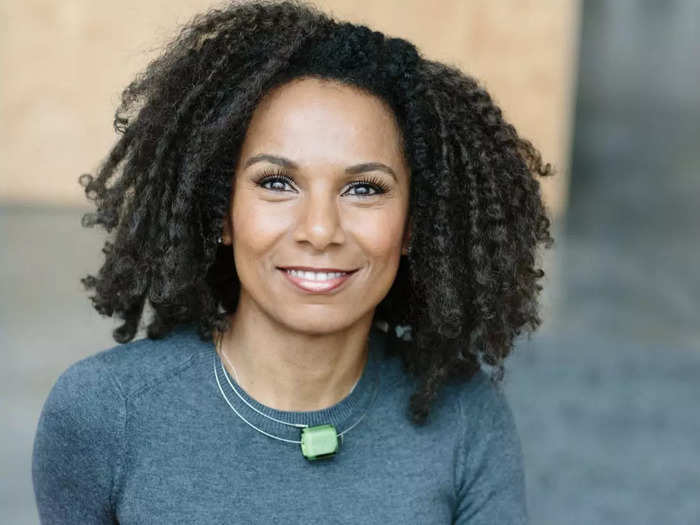
Key accomplishments: Because of Williams' leadership, Facebook has seen a significant increase in women in technical roles (from 15% in 2014 to 24.1% in 2020), as well as Black people in nontechnical roles (from 2% in 2014 to 8.9% in 2020). In 2020, Williams helped Facebook achieve a 38.2% increase in Black leaders, according to the company's latest DEI report.
In addition, Williams built a diversity advisory council, a group of 18 employees from diverse backgrounds across the globe who meet quarterly to consult on the company's content policies, products, and human-resources programs.
In their own words: "Build DEI into business processes and products from day one. Don't wait for the right time. That time was yesterday."
Jarvis Sam, Nike's vice president and head of global diversity, equity, and inclusion
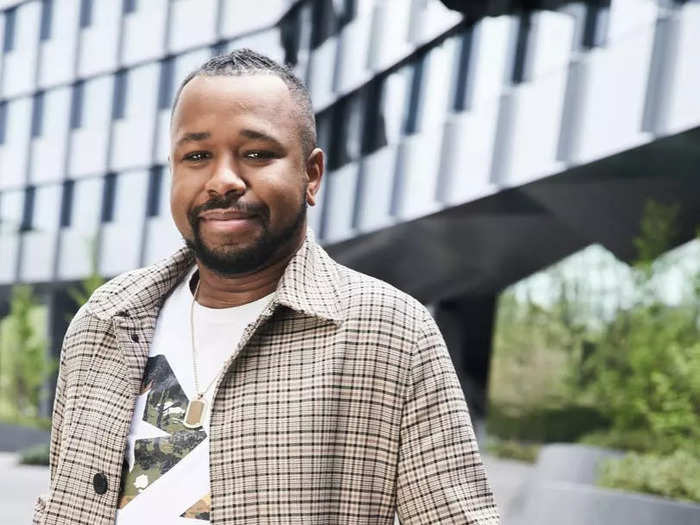
Key accomplishments: Sam drove Nike's plan to increase representation of historically marginalized communities at the leadership level. Over the past year, he helped the company increase representation of women and people of color and at the director level and above by 2 percentage points. Women now make up 43% of directors and above, and people of color make up 27%.
Sam also created new coaching programs for vice presidents across all departments to gain new skills, including skills around DEI. Some 56% of the 2020 participants were promoted to new roles within the year.
In their own words: "We have to lift as we climb. If we're not bringing others along with us, we aren't doing our job right."
Toni Thompson, VP of people and strategy at Etsy
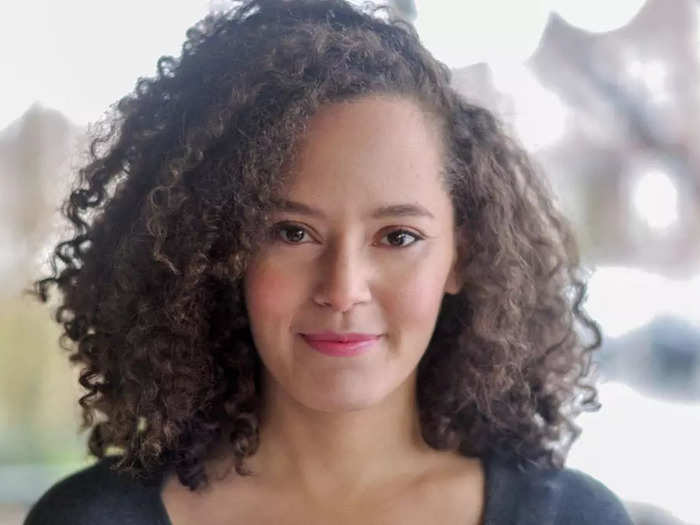
Key accomplishments: Over the past year and a half, the company has doubled down on its efforts to hire and promote more people of color thanks to pressure from Thompson.
Black, Latino, and Native American hires made up 20% of new hires in 2020, and Black, Latino, and Native American people now comprise 12.2% of Etsy's total workforce, according to the company's most recent diversity report. In addition, employees from these underrepresented communities now comprise 8.7% of Etsy's leadership. The company is on track to reach its goal of doubling the percentage of Black, Latino, and Native American employees by 2023.
Thompson helped Etsy expand its mentorship opportunities for women and people of color in engineering. She also launched a third-party pay-equity analysis, which found no discrepancies in pay based on race, ethnicity, or gender, consistent with their first report conducted in 2018.
In their own words: "It's very natural for companies to be laser-focused on the financials and goal achievement that influence the financial health of the company. There are many HR and DEI efforts that support the top and bottom line, but it's hard for people to make those connections. I'm thankful the executive team at Etsy gets it, but many leaders at other companies don't."
Kara Helander, managing director and chief diversity, equity, and inclusion officer at The Carlyle Group
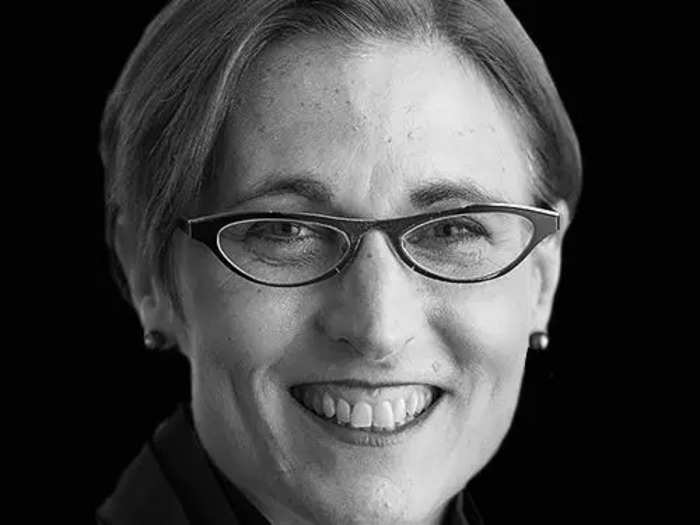
Key accomplishments: In early 2020, Helander led the charge at the private-equity firm to set a new goal of having 30% of board directors at all of its portfolio companies hail from historically underrepresented groups within two years of ownership.
The head of DEI also developed and implemented a new set of criteria for assessing employees up for promotion to managing director, with individuals taking part in an assessment that evaluated their skills in inclusive leadership and management.
In addition, she implemented a change that DEI will be integrated into compensation as part of managers' formal year-end assessments going forward. Helander wants to continue diversifying the financial firm. In 2020, 63% of people hired in the US were women or ethnic minorities, according to the company.
In their own words: "Each and every person in an organization can contribute to advancing diversity and inclusion. Accountability is key to sustaining positive change."
Lorie Valle-Yanez, head of diversity, equity, and inclusion at MassMutual
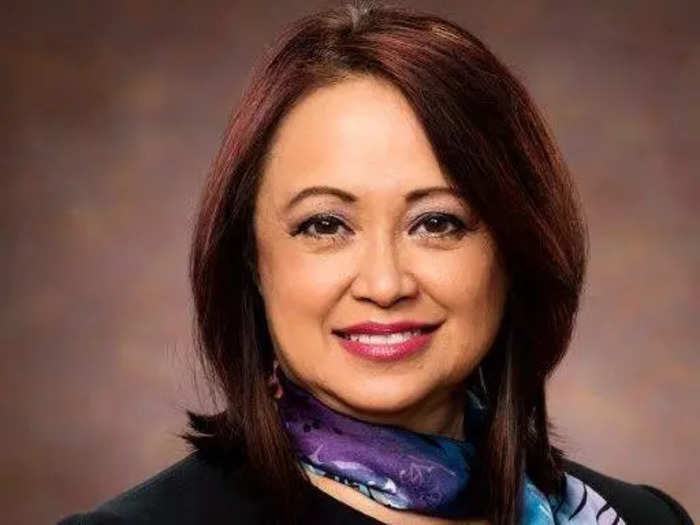
Key accomplishments: Valle-Yanez shepherded MassMutual's investments in racial justice to the tune of more than $200 million, with $150 million going to diversifying the businesses the company works with and $50 million to spur job creation among diverse entrepreneurs in Massachusetts.
The financial company also released its first public DEI report, which includes a detailed breakdown of its leadership and workforce demographics.
In their own words: "The biggest change since George Floyd has been the increased engagement and ownership coming from so many people in the company who are raising their hands and wanting to be part of the change."
Antoine Andrews, chief diversity and social-impact officer at Momentive (formerly SurveyMonkey)
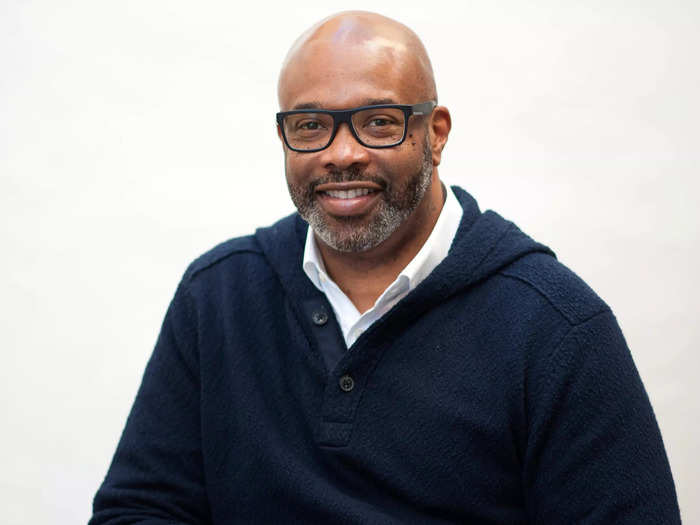
Key accomplishments: Andrews was a key figure in Momentive's recent decision to financially recognize employees who lead the company's ERGs, though the company declined to disclose by how much.
Working with CEO Zander Lurie, Andrews also shaped Momentive's initiative calling on its suppliers and vendors to increase diversity in their leadership.
In their own words: "Stamina is the characteristic most needed to combat inequity, racism, and all other negative 'isms.' Those of us who do this work can easily get tired, frustrated, and discouraged when progress isn't made or is happening slowly. Change requires us to be in shape mentally and physically."
KeyAnna Schmiedl, global head of culture and inclusion at Wayfair
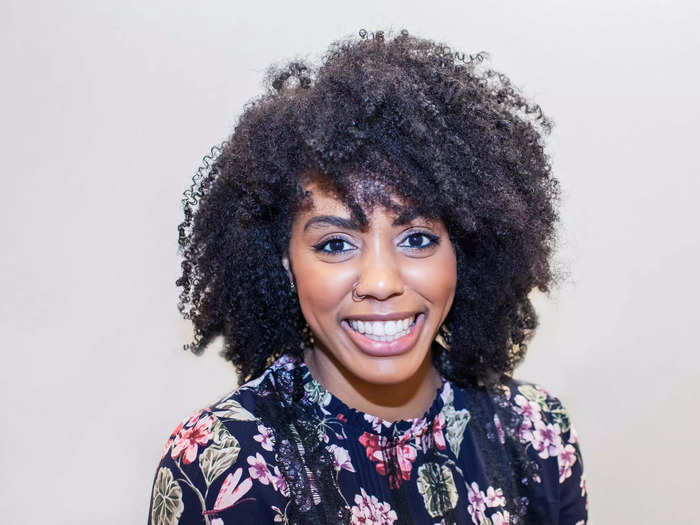
Key accomplishments: Schmiedl helped Wayfair conduct a third-party pay-equity survey and worked to achieve pay equity for all 16,000 employees across race, disability status, and gender and sexual identity. In addition, Schmiedl led the charge to tie executive compensation to DEI goals; 10% of executive pay is now tied to diversity and inclusion goals, according to a company spokesperson.
She also helped diversify Wayfair's leadership. The company increased the share of women in leadership positions by 7 percentage points in six months from 25% at the end of the 2020 fourth quarter to 32.8% at the end of June. The company also hired its first two directors of Indigenous descent.
In their own words: "I am more consistent in being authentically me from meeting to meeting, interaction to interaction, and I've experienced more folks in the workplace bringing more of their humanity to everyday interactions. I'm having more raw conversations."
Cynthia Bowman, chief diversity and inclusion and talent acquisition officer at Bank of America
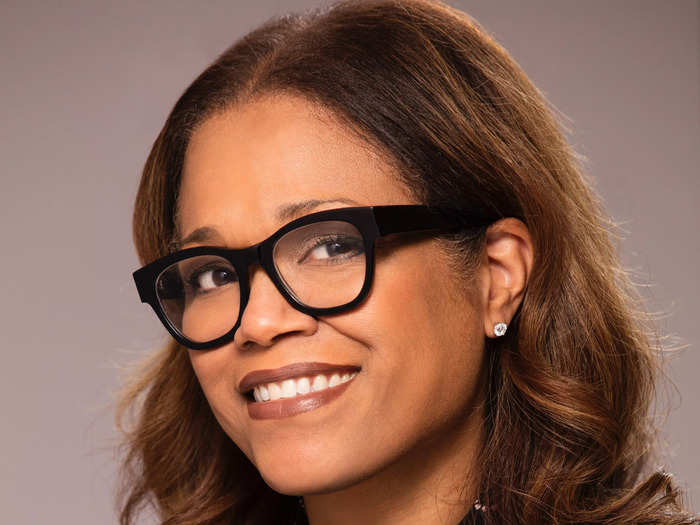
Key accomplishments: Bowman played a key role in producing Bank of America's $1 billion, four-year commitment made in June 2020 to address underlying economic and social disparities that were exacerbated during the pandemic. In March, Bowman, CEO Brian Moynihan, and other executives expanded this commitment to $1.25 billion over five years to further support investments to advance racial justice through grants to historically Black colleges and universities, Hispanic-serving institutions, and civil-rights organizations.
Bowman has helped the financial giant deepen connections with HBCUs and HSIs over the past year and a half. Because of these efforts, the bank's 2021 entry-level class is at least 50% people from historically marginalized backgrounds.
In their own words: "There is no question that achieving strong operating results on equity — the right way — starts with our teammates. Our diversity makes us stronger, and the value we deliver as a company is strengthened when we bring broad perspectives together to meet the needs of our diverse stakeholders."
READ MORE ARTICLES ON
Popular Right Now
Popular Keywords
Advertisement